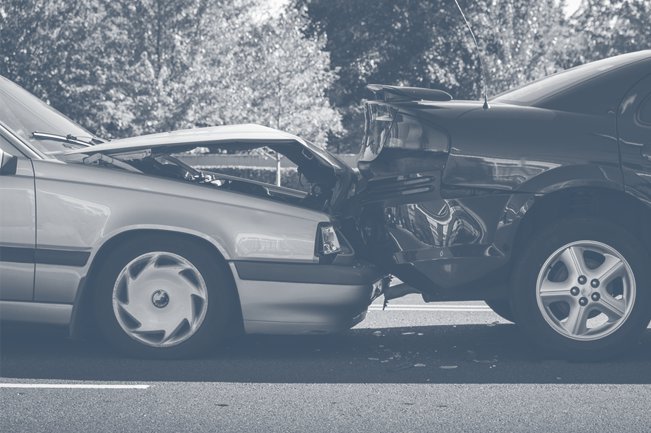How automakers plan to eliminate rear-end collisions
Rear-end collisions account for a third of all car crashes. After years of trying to figure out how to prevent these accidents, automakers have started implementing technology to help reduce the amount of rear-end collisions.
Accidents cost Americans billions of dollars every year and lead to injuries and in some cases deaths. Safety technology could change that dramatically, and automakers and regulators feel strongly that it will. Ten automakers, federal safety regulators and an insurance industry trade group announced that automatic emergency braking will become a standard feature on all new car models sold in the United States. Audi, BMW, Ford, General Motors, Mazda, Mercedes-Benz, Tesla, Toyota, Volkswagen and Volvo were all automakers who agreed to work with the National Highway Traffic Safety Administration on developing a timeline to install the feature in all upcoming and future models.
Automatic emergency braking uses a combination of sensors and cameras or lasers to detect a potential crash and then warns the driver. In some cases, the vehicle will even brake for the driver if the driver does not take action. There are several newer vehicles that already offer this feature and those similar such as automated cruise control, lane departure warnings and high beams that will automatically adjust if an oncoming vehicle is coming. The Insurance Institute for Highway Safety feels that automated braking systems can potentially reduce insurance injury claims by as much as 35%.
Having technologies that react quickly will help eliminate driver error and assist with drivers that may respond slower than normal. NHTSA found that many drivers in rear-end collisions didn’t apply the brakes at all or did not apply the brakes fully, both of which can be corrected by this new technology. Details regarding the roll-out have not been decided yet, and since it is not a federal mandate, companies are taking time to establish the performance criteria. Most of the technologies that are already on these newer models come with a price tag, so hopefully with the new roll-out, automakers will not add a price to safety. It has also not been decided if insurance premiums will be lower for vehicles that have these technologies or not.
While these products are going to help decrease the amount in injuries and deaths on the road, there is a potential that they could come with glitches and defects just as safety technologies before it such as airbags and seat belts. It is our hope that manufacturers and automakers alike will take the time to really ensure that these products are safe and that drivers understand them before they hit the market.
